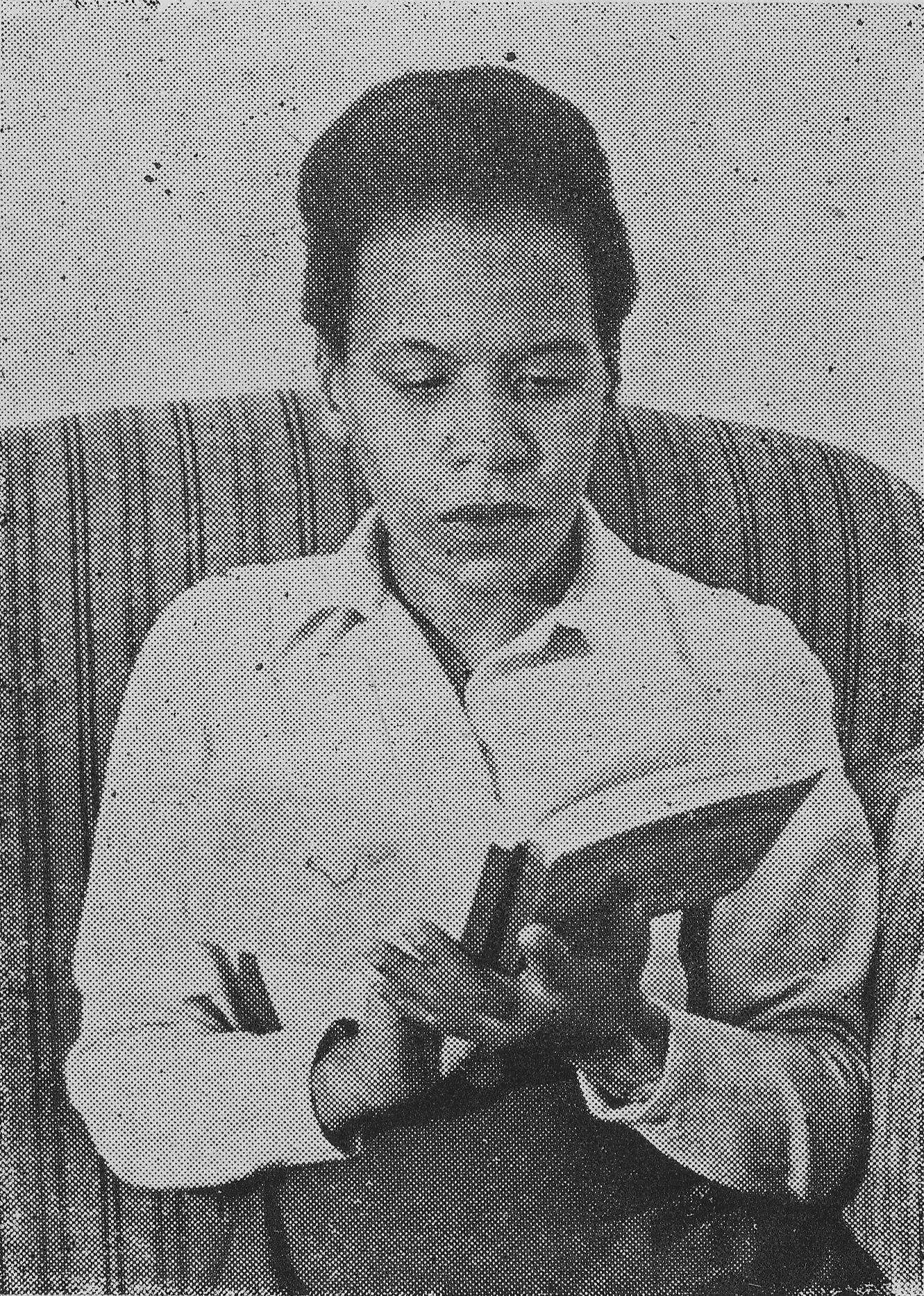Virginia Brindis de Salas was the first published black woman writer in Uruguay. She was born on September 18, 1908 in the capital, Montevideo, to José Salas and Maria Blanca Rodriguez. Afro Latinos in Uruguay as elsewhere in Latin America are the descendants of enslaved people. In Uruguay, where 92 percent of citizens trace their ancestry to Europe, Afro and Native Uruguayans have had to fight for visibility, while whiteness has been emphasized in mainstream national life.
Beginning in the early twentieth century, Afro Latinos began to see themselves as part of the larger Pan African political and cultural trends circulating the globe. Influenced by political movements such as Garveyism, and artistic movements like the Harlem Renaissance, many black people throughout the Americas looked to leaders like Langston Hughes for inspiration.
In Latin America, these larger currents among the black diaspora solidified in what is known as the Negritude movement. Brindis de Salas was part of a group of black artists and intellectuals, including Juan Julio Arrascaeta, Carlos Cardioso Pereira, and Pilar Barrios, who came of age in the 1930s and 1940s and began to assert a black identity and pride among Afro Uruguayans. Groups like the Circle of Black Intellectuals, Artists, Journalists, and Writers (1935) and the Black Uruguayan Association of Culture and Society provided institutional supports to promote the black arts.
De Salas contributed her poetry to the black artistic journal Nuestra Raza (Our Race), she was a co-founder of the political party Partido Autoctono Negro (the Black Native Party). Her best-known works were published in the poetry collections entitled Pregon de Marimorena (1946) and Cien Careles de Amor (1949)—Mary Morena’s Call and One Hundred Prisons of Love, respectively. Virginia Brindis de Salas’s work, although overlooked in her home country for years, was certainly influential among black artists and activists outside of her homeland, as Chilean, German, and U.S.-born writers and activists have all pointed to her importance.
Brindis de Salas wrote as a black Uruguayan woman. Unapologetically. She used her platforms and her art to emphasize the struggles for freedom and the invisibility of Afro Latinos as in Uruguayan society. This defiance, honesty, and pride helps explain why so little is known about her life today, and some of the controversy that surrounds her work. Unlike white men who have written about black women in Uruguay, Virginia’s poetry did not oversexualize black women, it did not romanticize the role of black motherhood in Latin American culture, and it highlighted the struggles of the poor. She wrote against common stereotypes with the goal of achieving justice for her people. This was dangerous to do in Uruguay because of increasing international tensions during the Cold War and domestic economic instability.
In the 1990s, there was a resurgence of interest in the contributions of Afro Latinos to the larger national cultures of Latin America. An important anthology showcasing the works of black writers from the western hemisphere was published, and it included some of Virginia de Salas’s works. Questions arose about Virginia Brindis de Salas as the actual author of her poetry. Another poet, Julio Guadalupe tried to take credit but his claims about authorship have been debunked.
Virginia Brindis de Salas died in Montevideo on April 6, 1958. She was 59 at the time of her death.



